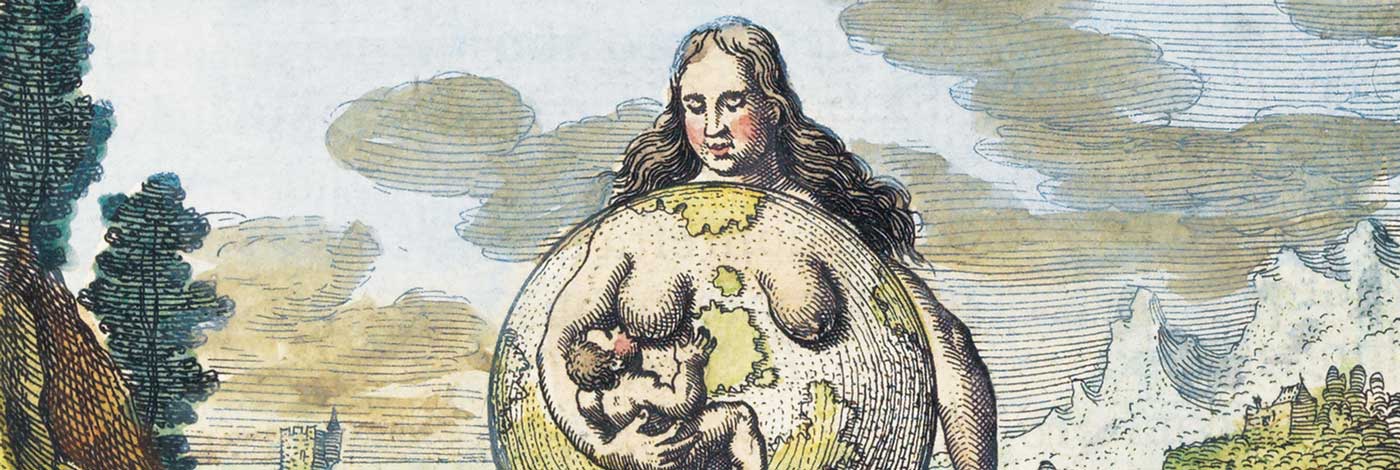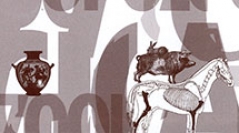

 Anthropozoologica
48 (2) - Pages 255-261
Anthropozoologica
48 (2) - Pages 255-261Ranging from the valves of exotic marine shells (Spondylus) to anthropomorphic figurines fashioned on metapodials, and from carnivore tooth beads to the deposition of partial carcasses, the representation of fauna in the graves of the early Neolithic in northern France and in the upper Rhine valley takes very diverse forms. This contribution focuses on those remains which can be associated with the practice of food deposits in order to better define the modalities of this type of such finds (choice of species and body parts, preparation, arrangement and position in the grave), understand their meaning and outline their characteristics in relation to other categories of animal bone items (ornaments, tools…) which form part of the grave assemblage.
Animal offering, grave, Neolithic, upper Rhine valley